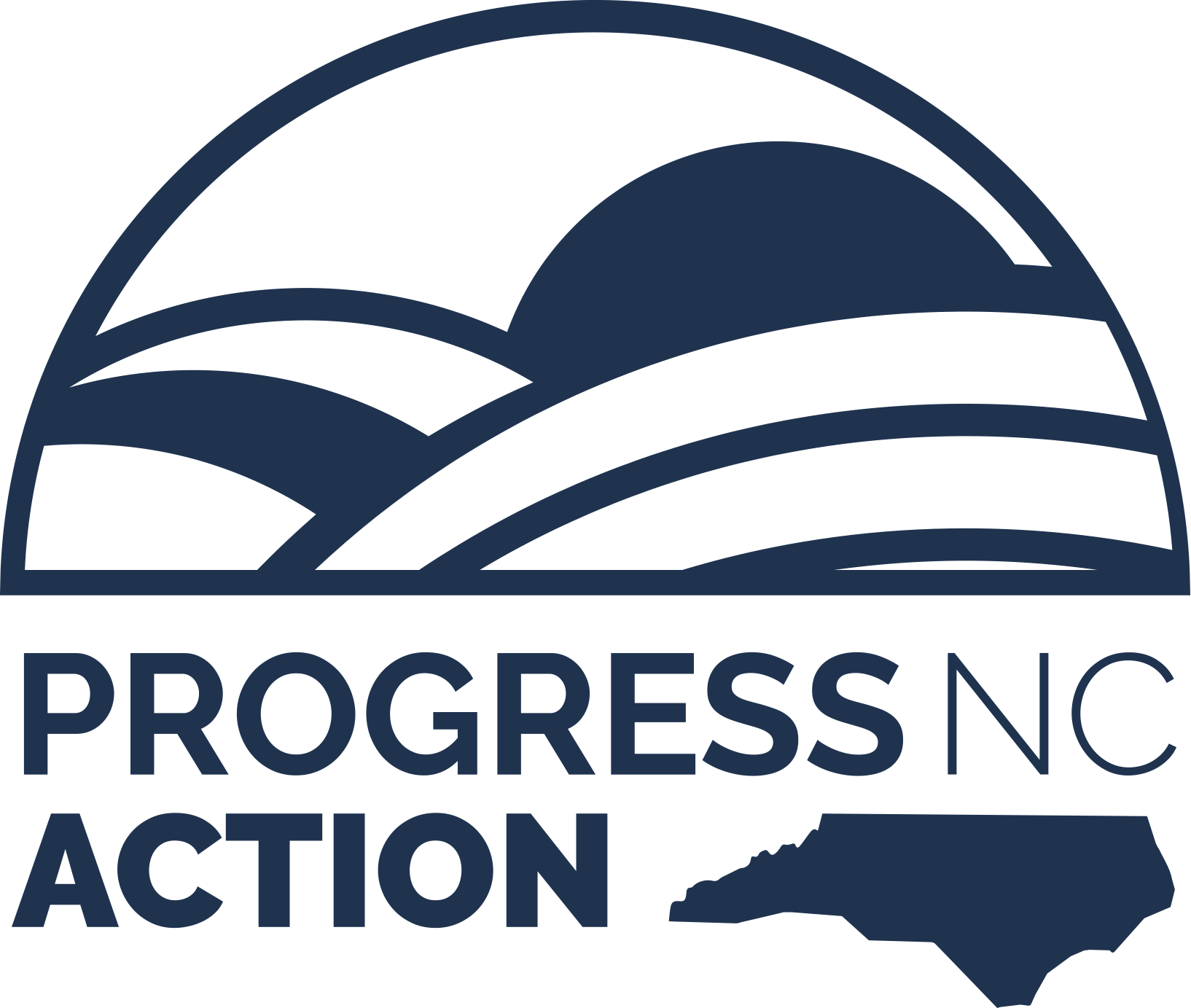The New York Times: The Women the Abortion War Leaves Out
Those seeking abortion care often seek abortion for a variety of issues. These issues sometimes include homelessness, violence and addiction. Often one of the largest issues women seeking abortion care face is poverty. A study of 1,200 people who seek abortion care showed 73% of them saying that money was one of their biggest reasons for seeking abortion care. Babies are expensive and many seeking abortion care acknowledge that.
Women face the surprise of an unplanned pregnancy as if on train tracks, with a locomotive barreling toward them. The only variation lies in how many other trains are coming from other directions. Homelessness, violence, addiction and the biggest of all: poverty.
I don’t mean to suggest money is the only factor that shapes many women’s response to an unplanned pregnancy, but let’s be clear about how much it matters. One of the largest research studies on the question of why women choose abortion surveyed about 1,200 abortion patients and found 73 percent said they could not afford a baby at the time.
Those women are telling us something that is hiding in plain view: Motherhood is really expensive. Rose Home has dedicated itself to offsetting the high cost of motherhood, but the costs are staggering. The system is rigged against poor women. Ms. Chishko remarked that “the bottom line encourages abortion.” She is right.
The price of motherhood is set by our government’s policies. It will, at some level, always be cheaper for a woman to have an abortion than to have a baby. But if anti-abortion campaigners truly want to decrease the numbers of abortions, rather than passing laws designed to drive up the costs of abortion, they would do far better to invest in the kinds of economic supports that make becoming a parent a realistic possibility for struggling women.
Consider the medical needs of the women living at Rose Home: access to health care, substance-abuse and mental-health treatment, food and housing. Each has a price tag. Yet rather than offsetting the high price of motherhood, recent anti-abortion laws drive up the cost of abortion by closing clinics, forcing women to travel farther, and to wait longer before ending their pregnancies.

